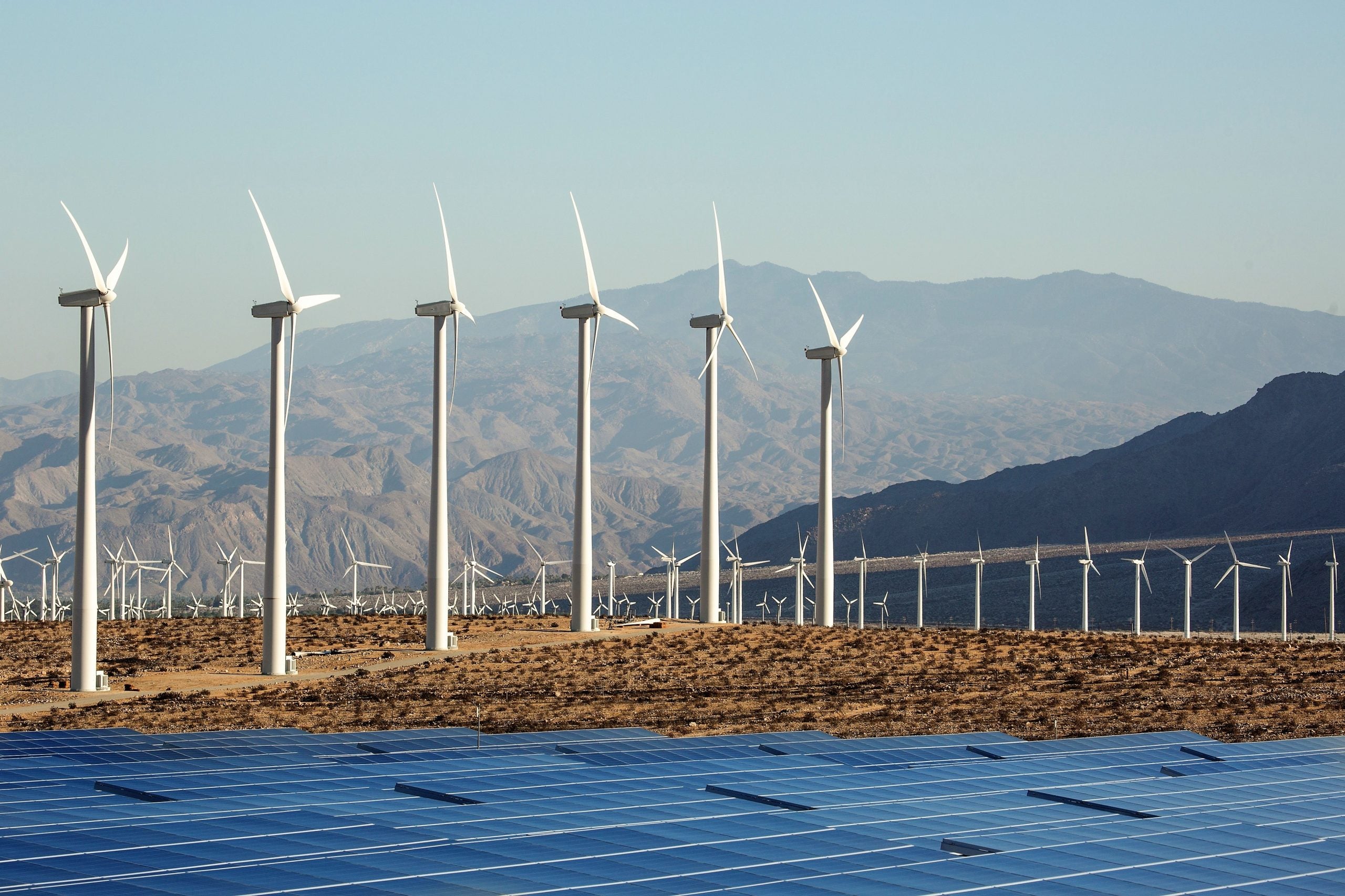
With the Climate Crisis Act, California can lock in a safer pathway to net-zero emissions
The new report from the Intergovernmental Panel on Climate Change makes clear what Californians already know: the climate crisis is upon us. Impacts like ever-more-extreme wildfires, intensifying drought, and the growing threat of sea-level rise are accelerating, and the widespread damage are only going to intensify unless we take bold, swift action to slash greenhouse gas emissions.
In California, no person or region will be immune, and the harms from climate change are felt first and worst by communities that historically have borne a disproportionate burden of California’s pollution: communities of people with low wealth, people of color, indigenous people, and farmworkers, among others.
California urgently needs to get on track to meet the state’s 2030 goal of reducing greenhouse gas emissions to 40% below the 1990 level by 2030; it has the slate of policies needed to succeed but must maximize near-term climate ambition. At the same time, it is essential for California to have a long-term vision and ensure that policy decisions made with an eye toward 2030 are consistent with the need to achieve net-zero emissions as swiftly as possible, and no later than 2045.
That’s why it is crucial for California to adopt the new Climate Crisis Act (AB 1395), co-authored by Assembly Members Al Muratsuchi and Cristina Garcia, to dramatically reduce our greenhouse gas emissions. This bill will cement California’s commitment to a safer pathway — a pathway that aligns with the science and achieves net-zero emissions — while also providing crucial guidelines that can maximize reductions, preserve environmental integrity and safeguard communities. Here’s why CA lawmakers should back this bill.
Secures the pathway to a safer net-zero future
AB 1395 sets forth key long-term goals and requires the establishment of interim goals that would ensure California drives down emissions to safer levels:
- Codifies California’s commitment to achieve net-zero greenhouse gas emissions as soon as possible and no later than 2045. In 2018, Governor Jerry Brown issued an Executive Order to achieve carbon neutrality by 2045 and maintain net negative emissions thereafter, but the legislature has yet to lock in this goal and give direction for how it should be achieved. Codifying the next comprehensive target ensures that the state, its residents and industry can start planning, with certainty, for a net-zero future today. We need to be able to encourage investment in the development of emission reduction technology, hone our understanding of nature-based climate solutions, and give polluting industries lead time to ensure a high-road transition for their workers. Importantly, this target aligns with the IPCC recommendations to achieve net-zero emissions by mid-century, but does not foreclose the possibility that California could get there even faster, as Governor Newsom has asked the California Air Resources Board (CARB) to study.
- Instructs CARB to recommend interim targets and the Legislative Analyst’s Office to evaluate and regularly report on the state’s progress in meeting climate goals. California needs to be on a steady path toward net-zero greenhouse gas emissions — interim targets will help keep the state on track.
- Requires the state to maintain net negative greenhouse gas emissions after achieving net-zero. We have already emitted so much greenhouse gas into the atmosphere that we must remove – through nature and technology-based solutions — more than we emit far into the future.
Establishes key guidelines for how California gets there
The bill also provides ‘rules for the road’ so that California maximizes reductions in climate-warming pollution.
- Reduces greenhouse gas emissions 90% below 1990 levels by 2045. This ensures that we are focusing on achieving as many emission reductions as possible and not solely relying on nascent negative emissions technology. We need these approaches to be sure, but we also must scale and deploy as many mitigation strategies as possible – including carbon capture technology where necessary – and quickly. The sooner California curbs emissions at the scale necessary to achieve our 2045-or-sooner goals, the greater our cumulative reductions will be. After all, it’s the total pollution that collects in the atmosphere over time that ultimately harms the climate, which is why delay has grave consequences for Californians and our planet.
- Ensures that the use of carbon capture technology to reduce greenhouse gas pollution or carbon removal technology to pull legacy pollution out of the atmosphere does not negatively impact public health. We need both carbon capture and carbon removal technology to address the climate crisis, but as new technology is deployed we need to ensure that, at a minimum, we are not exacerbating existing air pollution “hotspots” or creating new ones.
- Prohibits the counting of carbon dioxide used in enhanced oil recovery from counting toward these goals. This would be incompatible with California’s commitment to end the sale of internal combustion engine vehicles by 2035 and the need to transition away from fossil fuels.
- Directs CARB to develop provisions for ensuring the long-term environmental and social integrity of technology-based carbon mitigation and removal strategies. This includes protections like ensuring ongoing monitoring, reporting and verification at sites where carbon is stored underground.
Now is the time for the legislature to weigh in as CARB begins the update of the Climate Change Scoping Plan, which plans out to 2045. As part of the regular Climate Change Scoping Plan update, they are modeling how to achieve net-zero greenhouse gas emissions through a variety of actions and technologies with input from stakeholders, and will be laying out a plan to not only meet the 2030 goal but to put California on track for 2045 as well.
CARB needs to do this because we have no time to waste, but it is also timely and appropriate for the legislature to weigh in with how they want to see California achieve its net-zero goal. AB 1395 is the vehicle to provide this guidance to regulators including the role of negative emission technologies and nature-based climate solutions, as well as the standards required to protect local air quality and ensure environmental integrity.
California has seen enough warnings to know that climate change is an urgent threat that demands immediate action. To safeguard communities from even worse climate damages, legislators should marshal the state onto the safer track to net-zero with the Climate Crisis Act.












